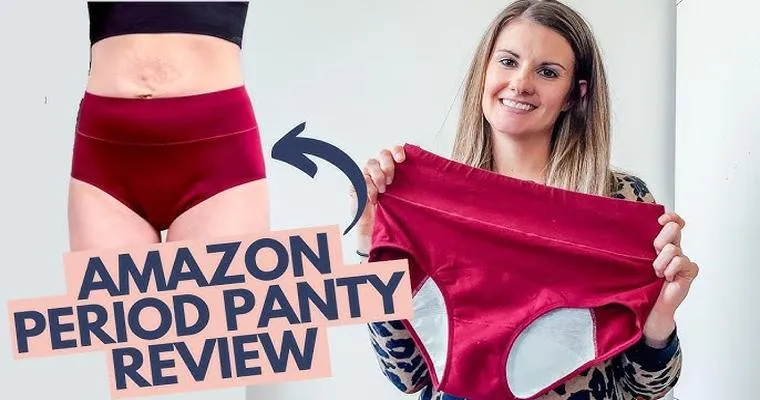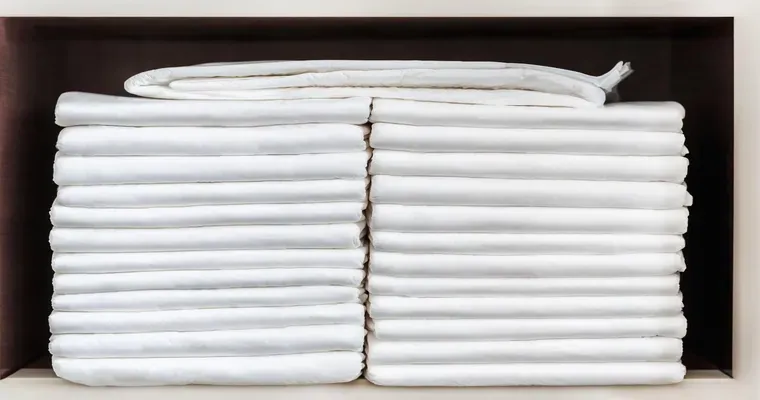In recent years, the landscape of personal hygiene products has evolved dramatically, leading to a noticeable trend of "disposable underwear" and "pads disappearing" from store shelves and consumer routines. This shift can be attributed to various factors, including environmental concerns, changing consumer preferences, and the rise of sustainable alternatives. As we delve into this topic, it is essential to understand why these products are fading away and what it means for consumers and the environment.
One of the primary reasons for the decline of disposable underwear and pads is the growing awareness of "environmental sustainability". Many consumers are becoming increasingly conscious of their ecological footprint, leading to a demand for products that are biodegradable or made from recycled materials. Traditional disposable products, made from plastics and non-biodegradable materials, contribute significantly to landfill waste. Consequently, brands are responding to this demand by creating eco-friendly options that are more appealing to environmentally-conscious consumers.
Moreover, the rise of "reusable alternatives" has played a significant role in the disappearance of disposable underwear and pads. Products such as menstrual cups, cloth pads, and period underwear have gained popularity due to their convenience and cost-effectiveness over time. These reusable options provide a sustainable solution that not only reduces waste but also offers comfort and reliability. As more people embrace these alternatives, the market for disposable products continues to shrink.
Additionally, the shift in consumer attitudes toward health and wellness has influenced the decline of disposable hygiene products. Many individuals are now prioritizing their health and looking for products that are free from harmful chemicals often found in disposable pads and underwear. This has led to an increase in demand for organic and natural hygiene products, further pushing disposable options out of favor.
The ongoing advancements in technology and materials have also contributed to this trend. Innovations in textiles and absorbent materials have led to the development of high-quality reusable products that rival the performance of traditional disposable options. As these alternatives become more accessible and affordable, consumers are less likely to opt for disposable products.
In conclusion, the "disappearance of disposable underwear and pads" reflects a significant shift in consumer behavior towards sustainability, health, and innovation. As individuals become more aware of their choices and the impact they have on the planet, the demand for eco-friendly and reusable solutions will likely continue to grow. This trend not only benefits consumers but also encourages manufacturers to innovate and create products that align with a more sustainable future.





